Robo-advisor performance rebounded along with global equity markets in this year's third quarter, but some automated digital investing platforms fared better than others.
According to the recent Robo Report from Martinsville, N.J.-based Backend Benchmarking, approximately 8% of U.S. households invest via robo-advisors. Currently, 13% of Schwab’s clients hold assets in robo-advisor accounts, as do 10% of clients at Fidelity and Vanguard.
The Robo Report studied annualized returns for robo-advisors in a taxable account. During the three years ending Sept. 30, the average 60/40 robo-advisor portfolio returned 5.6% annually compared to 12.3% for the Russell 1000 large-cap index and 5.2% for the Bloomberg-Barclays U.S. Aggregate Bond Index. By comparison, Vanguard’s 60/40 Composite, which it uses to benchmark 529 plans, returned 8.6% annually during the same period.
A newer robo-advisor focused on active-like strategies, Titan Invest, outperformed its peers on a shorter-term basis. However, Titan has not existed long enough to have track record of more than one year.
In the third quarter, Backend Benchmarking found that robo-advisor accounts using socially responsible and ESG investing options tended to outperform their peers. But most of these strategies haven't been around long enough to build three-year track records.
For its quarterly Robo Report, Backend Benchmarking tracks 88 robo-advisor accounts across 41 different digital advice providers. While the report looks at returns going back four years, only 11 current robo-advisors have results going back that far.
Instead, the following list, presented in ascending order, comprisies the Robo Report’s top ten robo-advisors by three-year returns through this year's third quarter:
10. Ally Financial 5.37%
Ally had around $277 million AUM within nearly 33.000 client accounts. Ally’s robo-advisor service returned 0.72% in 2020 as of Sept. 30.

9. Acorns 5.47%
Acorns, a microinvesting service, had $1.8 billion AUM from nearly 3 million active client accounts. Acorns' portfolios returned an average of 0.91% year-to-date on Sept. 30.

8. E*Trade 5.75%
E*Trade’s performance over the past three years was largely buoyed by its fixed-income allocation. Over the study period, it was the third-best robo-advisor by fixed-income performance, due largely to its investment in funds tracking the Bloomberg Barclays U.S. Aggregate Bond Index. E*Trade has been a strong year-to-date performer with a 1.67% return through the third quarter.
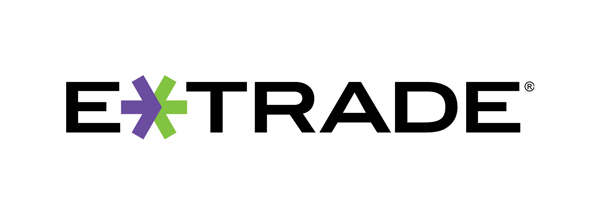
7. Vanguard 5.85%
Vanguard’s $172 billion AUM Personal Advisor Services is the largest robo-advisor service in the world, with an unknown number of client accounts, according to the report.
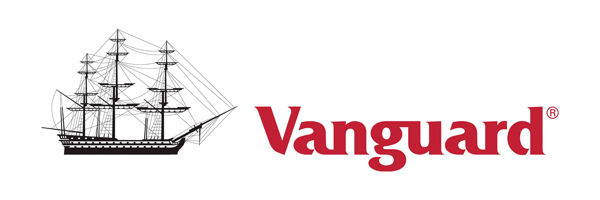
6. SoFi 6.29%
According to the Robo Report, SoFi provided investors the best three-year trailing equity returns during the study period. SoFi had $203 million in assets among more than 40,000 client accounts. SoFi’s 60/40 portfolio returned 4.1% year to date as of Sept. 30.
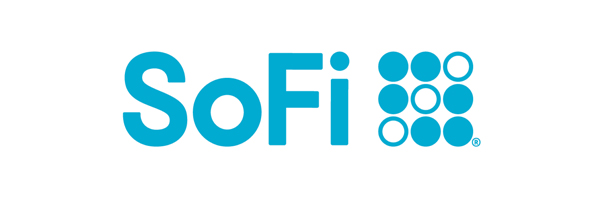
5. FidelityGo 6.34%
FidelityGo was also notable for the performance of its equity allocation—it was tied for the second best-performing equity allocation over the study period. And over a four-year period it had the best equity performance of any robo-advisor account in the Robo Report.
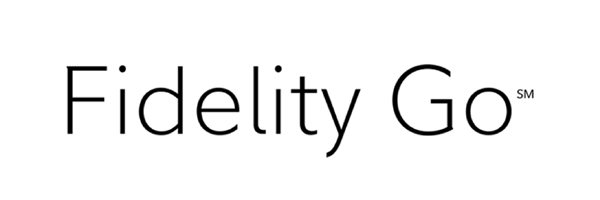
4. TD Ameritrade 6.44%
TD Ameritrade’s Selective and Essential Portfolios services had $18.2 billion in assets, but it’s unclear how many client accounts the two services encompass.
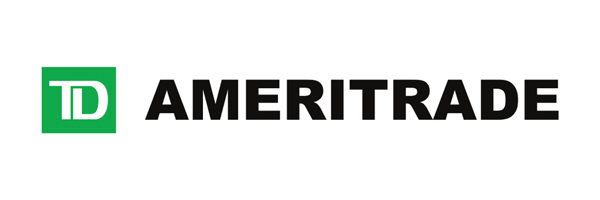
3. TIAA 6.5%
TIAA’s 60/40 portfolio offered investors a 3.77% return year to date through Sept. 30. TIAA’s vanilla robo-advisor service carries a $5,000 account minimum, a 0.3% annual advisory fee and 0.07% average expense ratios.
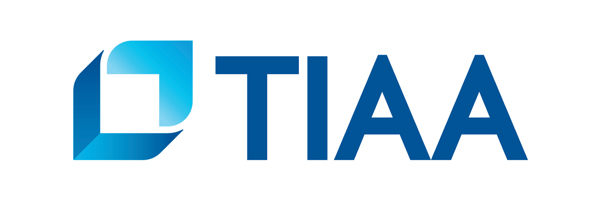
2. Axos 6.8%
Axos had $208 million within roughly 32,000 client accounts. Formerly known as WiseBanyan, Axos Invest provided investors a 3.02% return this year as of Sept. 30.

1. SigFig 7.24%
According to the Robo Report, SigFig’s strong performance over three- and four-year periods is attributed to its exposure to domestic large-cap stocks and investment-grade bonds, as well as its lower cost. An international allocation that holds more emerging markets securities than developed markets securities also supported SigFig’s strong performance. SigFig was among the top-three performing robos on a two-year, one-year and year-to-date basis. SigFig had $835 million in more than 16,500 client accounts.









